Home>Gardening & Outdoor>Landscaping Ideas>How To Winterize A Garden Bed
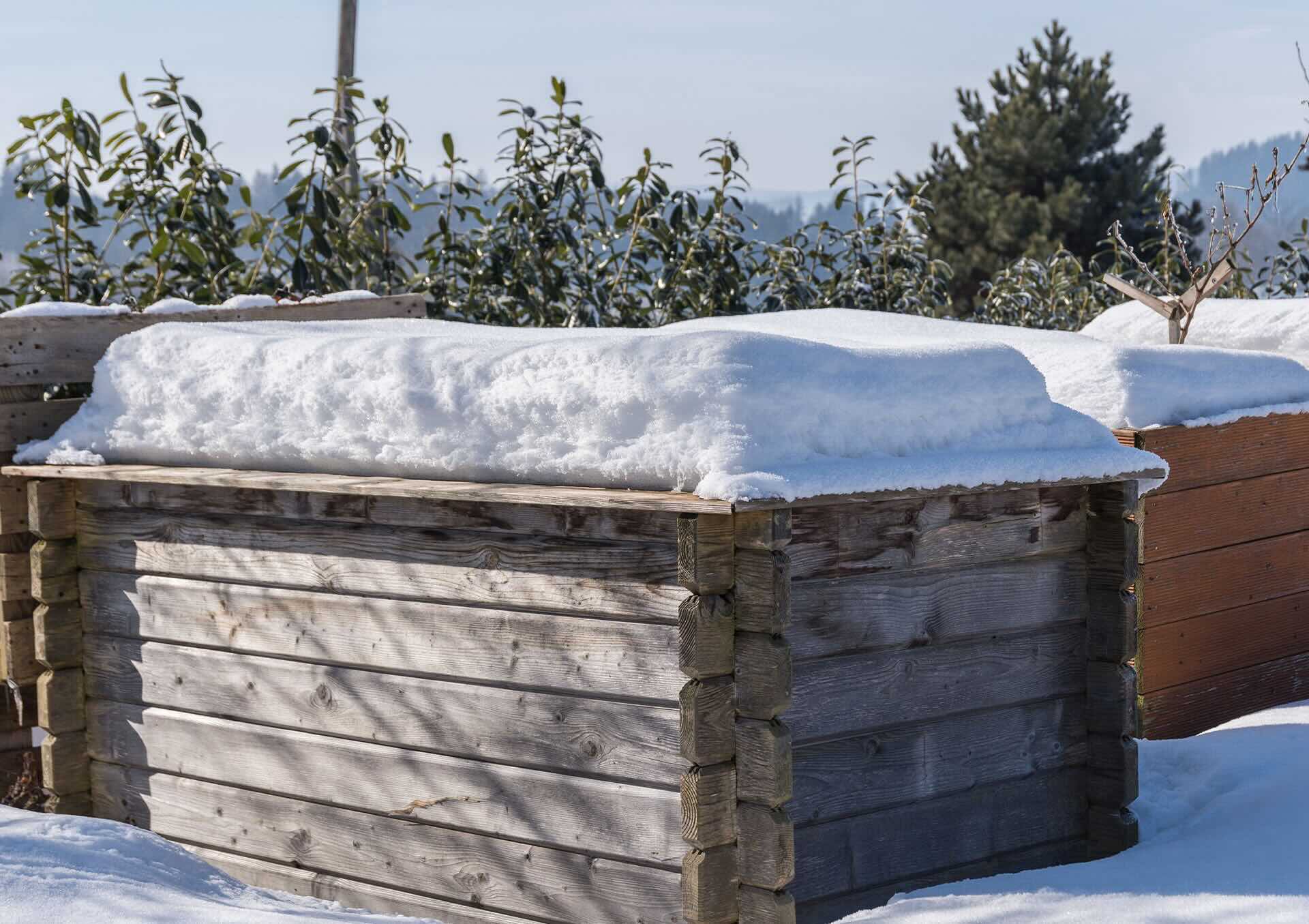

Landscaping Ideas
How To Winterize A Garden Bed
Modified: March 18, 2024
Learn how to properly winterize your garden bed with our expert landscaping ideas. Prepare your garden for the cold weather and ensure a healthy, vibrant garden come spring.
(Many of the links in this article redirect to a specific reviewed product. Your purchase of these products through affiliate links helps to generate commission for Storables.com, at no extra cost. Learn more)
Choosing the Right Plants for Winter
Selecting the right plants for your garden bed is crucial for ensuring a vibrant and thriving landscape throughout the winter months. When choosing plants for winter, it's essential to consider their ability to withstand cold temperatures and potential frost. Here are some key factors to keep in mind when selecting plants for your winter garden:
-
Cold-Hardy Varieties: Opt for plants that are specifically bred to withstand cold temperatures. Look for cold-hardy varieties of perennials, shrubs, and trees that are well-suited for your climate zone. Examples of cold-hardy plants include winter jasmine, hellebores, and certain types of ornamental grasses.
-
Evergreen Foliage: Incorporating evergreen plants into your garden bed can provide year-round visual interest and structure. Evergreen shrubs such as boxwood, yew, and juniper can add texture and color to your winter landscape, maintaining their lush green foliage even in the coldest months.
-
Winter-Blooming Flowers: Introducing winter-blooming flowers can infuse your garden with bursts of color during the colder season. Consider planting varieties such as winter aconite, snowdrops, and witch hazel to bring a touch of vibrancy to your winter garden.
-
Berries and Ornamental Fruits: Including plants that produce berries or ornamental fruits can contribute to the visual appeal of your winter garden while providing a valuable food source for local wildlife. Look for berry-producing shrubs like winterberry holly and cotoneaster, which can add pops of color to your outdoor space.
-
Adaptability to Winter Conditions: Prioritize plants that are adaptable to the specific winter conditions in your region. Consider factors such as snowfall, wind exposure, and soil moisture levels to ensure that the selected plants can thrive in the unique challenges posed by winter weather.
By carefully selecting plants that are well-suited for winter conditions, you can create a resilient and visually captivating garden bed that remains vibrant and appealing throughout the colder months. With the right combination of cold-hardy varieties, evergreen foliage, winter-blooming flowers, and berry-producing plants, your winter garden can become a delightful oasis even in the midst of frost and snow.
Key Takeaways:
- Choose cold-hardy plants, evergreens, winter-blooming flowers, and berry-producing shrubs to create a vibrant and resilient winter garden bed that thrives in frost and snow.
- Clear out summer plants, prepare the soil, add winter mulch, and protect plants from frost to ensure a healthy and flourishing garden bed throughout the winter season.
Read more: How To Winterize Garden Mums
Clearing Out Summer Plants
As the vibrant colors of summer begin to fade and the temperatures gradually drop, it's time to prepare your garden bed for the upcoming winter season. Clearing out the remnants of summer plants is a crucial step in transitioning your outdoor space for the colder months ahead. This process not only helps maintain the overall health of your garden bed but also creates space for winter plantings to thrive. Here's a detailed look at the essential steps involved in clearing out summer plants:
Assessing the Existing Plants
Before diving into the removal process, take a moment to assess the condition of your existing summer plants. Identify any annuals or tender perennials that have reached the end of their growing season and are showing signs of decline. Additionally, evaluate the overall health and vigor of the remaining plants to determine which ones can be retained or pruned for the winter months.
Pruning and Trimming
Begin by carefully pruning and trimming the summer plants that will be retained in the garden bed. Remove any dead or diseased foliage, as well as spent flowers and overgrown branches. This not only tidies up the appearance of the garden but also promotes the plant's overall health by redirecting its energy towards new growth.
Removing Spent Annuals
For annual plants that have completed their life cycle, such as petunias, marigolds, and impatiens, it's time to bid them farewell. Gently uproot these spent annuals, making sure to remove the entire plant, including the roots. This clears the way for fresh soil amendments and winter plantings, preventing the accumulation of decaying plant material that could harbor pests and diseases.
Read more: How To Prepare A Garden For Winter
Clearing Debris and Weeding
Once the summer plants have been pruned and removed, take the opportunity to clear out any accumulated debris, such as fallen leaves, twigs, and dead foliage. Additionally, address any persistent weeds that may have taken root during the summer months. A thorough cleanup not only enhances the visual appeal of the garden bed but also minimizes potential hiding spots for pests and diseases during the winter.
Soil Preparation
After clearing out the summer plants and debris, it's time to prepare the soil for the upcoming winter season. Loosen the soil with a garden fork or tiller to improve aeration and drainage. Consider incorporating organic matter, such as compost or well-rotted manure, to enrich the soil and replenish its nutrients. This sets the stage for healthy root development and robust growth in the winter plantings to come.
By diligently clearing out the remnants of summer plants, you can set the stage for a successful transition to a vibrant and resilient winter garden bed. This process not only fosters the health of your plants but also paves the way for a visually captivating outdoor space that thrives throughout the colder months.
Adding Winter Mulch
As the temperatures begin to drop and the winter season approaches, the application of winter mulch plays a pivotal role in safeguarding the health and vitality of your garden bed. Winter mulch serves as a protective layer that insulates the soil, shields plant roots, and mitigates the impact of fluctuating temperatures and harsh weather conditions. By implementing the appropriate mulching techniques, you can fortify your garden bed against the challenges posed by winter, fostering a conducive environment for plant survival and growth.
Benefits of Winter Mulch
The application of winter mulch offers a myriad of benefits that contribute to the overall well-being of your garden bed during the colder months. Some of the key advantages of adding winter mulch include:
-
Insulation and Temperature Regulation: Winter mulch acts as a natural insulator, effectively moderating soil temperatures and minimizing temperature fluctuations. This insulation is particularly crucial in regions where the soil is susceptible to freezing and thawing cycles, as it helps prevent rapid temperature changes that can be detrimental to plant roots.
-
Moisture Retention: By forming a protective barrier over the soil, winter mulch helps reduce moisture evaporation, thereby preserving essential moisture levels for plant roots. This is especially beneficial during periods of limited precipitation or when the soil is prone to drying out due to cold winds and low humidity.
-
Weed Suppression: A well-applied layer of winter mulch serves as a natural weed suppressant, inhibiting the germination and growth of weed seeds. This helps maintain a tidy and weed-free garden bed, reducing competition for nutrients and moisture among your desirable plants.
-
Soil Protection: Winter mulch shields the soil surface from erosion caused by wind and water, preventing the loss of valuable topsoil. Additionally, it provides a protective buffer against the impact of heavy rainfall, which can lead to soil compaction and nutrient leaching.
Read more: How Do Gardeners Make Money In Winter
Choosing the Right Mulch Materials
Selecting the appropriate mulch materials is essential for optimizing the protective benefits of winter mulch. Organic materials such as straw, shredded leaves, and pine needles are popular choices for winter mulching due to their insulating properties and ability to decompose gradually, enriching the soil with organic matter. Additionally, mulch made from shredded bark or wood chips can provide effective insulation while adding visual appeal to the garden bed.
Application Techniques
When applying winter mulch, ensure that the soil is adequately moist to promote optimal insulation and moisture retention. Begin by clearing away any debris and weeds from the garden bed, then spread a layer of mulch to a depth of 2 to 4 inches, taking care to leave a small gap around the base of plants to prevent moisture-related issues. Avoid piling mulch directly against plant stems or trunks, as this can create a favorable environment for pests and diseases.
By incorporating winter mulch into your garden bed maintenance routine, you can create a resilient and nurturing environment for your plants to thrive during the winter season. This proactive approach to winter mulching not only safeguards the health of your garden bed but also sets the stage for a vibrant and flourishing landscape as the spring season approaches.
Protecting Plants from Frost
As the winter chill sets in, safeguarding your garden bed against the potential harm of frost becomes a paramount concern. Frost poses a significant threat to plants, causing cellular damage and compromising their overall health. Implementing proactive measures to protect your plants from frost can make a substantial difference in preserving their vitality and ensuring a thriving garden bed throughout the winter season.
Understanding Frost and Its Impact
Frost occurs when temperatures drop low enough to cause the formation of ice crystals on plant surfaces. This can lead to cellular dehydration and damage, particularly in tender plant tissues. Frost damage is often characterized by wilting, browning, or blackening of foliage, ultimately impeding the plant's ability to carry out essential physiological processes.
Read more: How To Design A Garden Bed
Protective Strategies Against Frost
-
Covering Vulnerable Plants: Utilize frost cloths, old bedsheets, or burlap to cover vulnerable plants during frost-prone nights. These protective coverings act as insulation, trapping the heat radiated from the soil and preventing the formation of damaging ice crystals on plant surfaces.
-
Applying Water: Watering the garden bed before an anticipated frost event can provide a protective barrier for plants. The latent heat released during the process of water freezing can help moderate the surrounding air temperature, reducing the likelihood of frost damage.
-
Utilizing Heat Sources: Employing gentle heat sources, such as incandescent Christmas lights or specially designed frost protection devices, can help raise the ambient temperature around sensitive plants. This additional warmth can mitigate the impact of frost and safeguard the plants from cold-induced injury.
-
Selecting Frost-Resistant Varieties: When choosing plants for your garden, prioritize varieties that are inherently more resistant to frost. Cold-hardy species and cultivars are better equipped to withstand freezing temperatures, reducing the risk of frost damage in your garden bed.
Monitoring Weather Conditions
Stay attuned to weather forecasts and be vigilant during periods of potential frost. Take proactive measures to protect your plants when frost warnings are issued, ensuring that your garden bed remains resilient in the face of fluctuating winter temperatures.
By implementing these protective strategies and staying proactive in your approach to frost protection, you can safeguard the health and vitality of your garden bed, allowing your plants to thrive despite the challenges posed by winter's icy grip.
Preparing Soil for Winter
Preparing the soil for winter is a crucial aspect of garden bed maintenance that sets the foundation for healthy plant growth and vitality during the colder months. As the autumn season transitions into winter, proactive soil preparation plays a pivotal role in ensuring that your garden bed remains resilient and conducive to plant survival. By focusing on key soil enrichment and protection strategies, you can create an optimal environment that fosters robust root development and sustains the overall health of your plants throughout the winter season.
Clearing Out Debris and Weeds
Before embarking on soil preparation, it's essential to clear out any accumulated debris, such as fallen leaves, dead foliage, and persistent weeds. Removing this organic matter not only enhances the visual appeal of the garden bed but also prevents potential pest and disease issues. Additionally, addressing weeds helps minimize competition for essential nutrients and moisture, creating a favorable environment for the plants as they enter the dormant phase.
Read more: How To Mulch A Garden Bed
Amending the Soil
Enriching the soil with organic amendments is a fundamental step in preparing it for winter. Incorporating well-rotted compost, aged manure, or organic matter into the soil helps replenish essential nutrients and improve its structure. This process enhances soil fertility, promotes beneficial microbial activity, and fosters a healthy ecosystem for plant roots. Additionally, amending the soil aids in moisture retention, crucial for sustaining plant hydration during the winter months.
Protecting Soil Structure
Protecting the structure of the soil is vital for maintaining optimal growing conditions for plants. Compacted soil can impede root growth and water infiltration, leading to poor drainage and aeration. To mitigate soil compaction, consider aerating the soil using a garden fork or mechanical aerator. This process helps alleviate compaction, enhances root penetration, and facilitates the movement of air and water within the soil, creating an environment conducive to healthy plant growth.
Mulching for Insulation
Applying a layer of winter mulch over the soil surface provides insulation and protection for plant roots. Winter mulch helps regulate soil temperatures, minimizing the impact of freezing and thawing cycles. Additionally, it aids in moisture retention, reducing the risk of soil dehydration during the winter months. Organic mulch materials, such as straw, shredded leaves, or wood chips, gradually decompose, enriching the soil with organic matter and enhancing its overall health.
Monitoring Soil Moisture
Maintaining optimal soil moisture levels is essential for the well-being of plants during winter. Periodically check the soil moisture content and adjust watering practices as needed, ensuring that the soil remains adequately moist without becoming waterlogged. Proper soil moisture management is critical for sustaining plant hydration and preventing stress-related issues during the winter season.
By diligently preparing the soil for winter through debris clearance, soil amendment, structure protection, mulching, and moisture management, you can establish a resilient and nurturing foundation for your garden bed. This proactive approach not only supports the health and vitality of your plants but also sets the stage for a vibrant and flourishing landscape as the spring season approaches.
Frequently Asked Questions about How To Winterize A Garden Bed
Was this page helpful?
At Storables.com, we guarantee accurate and reliable information. Our content, validated by Expert Board Contributors, is crafted following stringent Editorial Policies. We're committed to providing you with well-researched, expert-backed insights for all your informational needs.
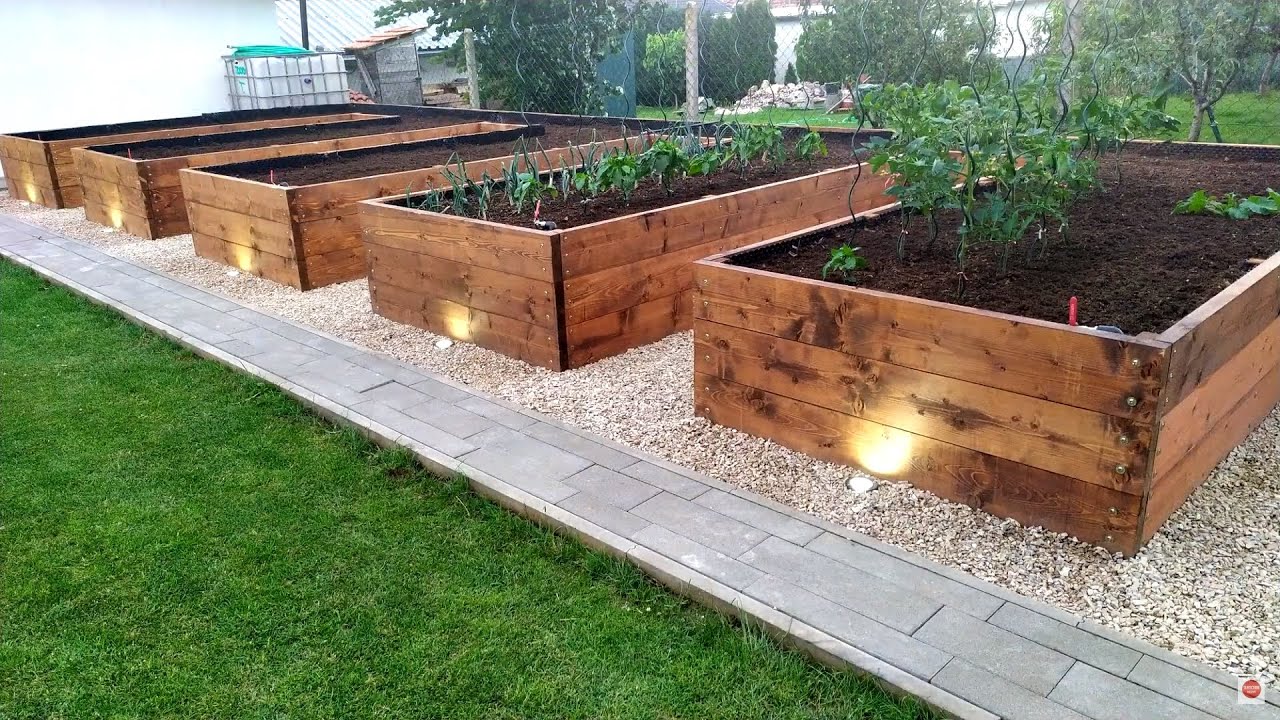
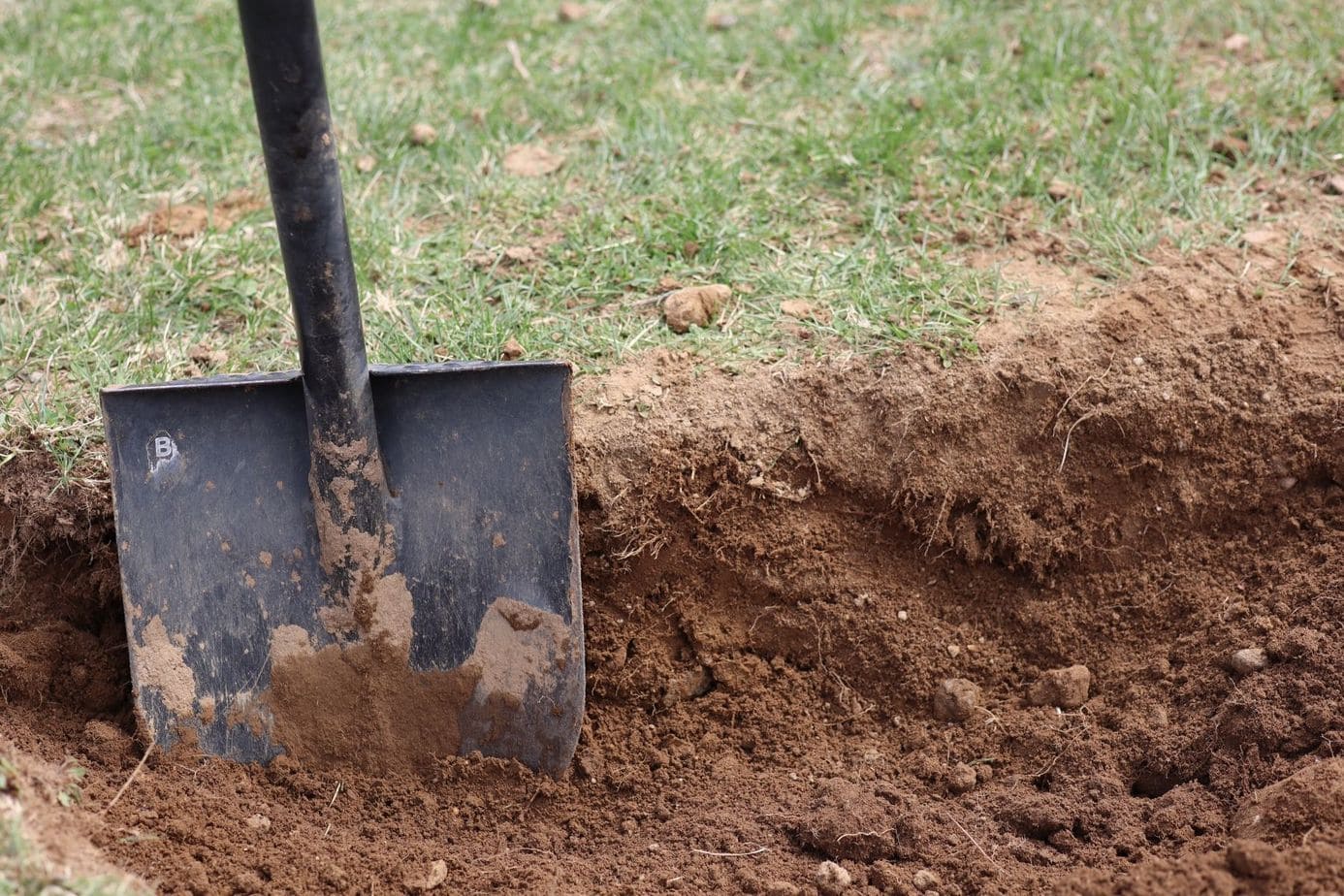
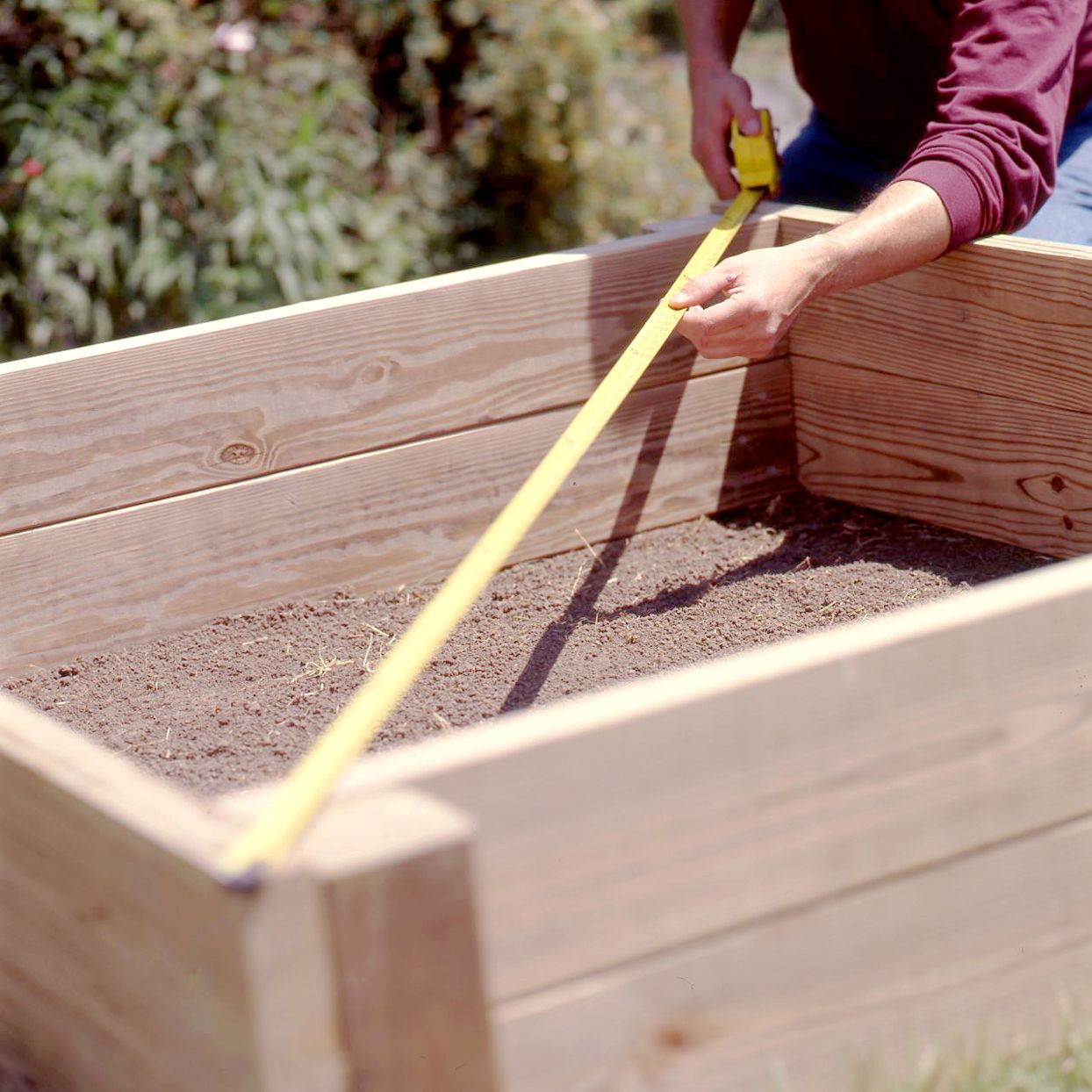
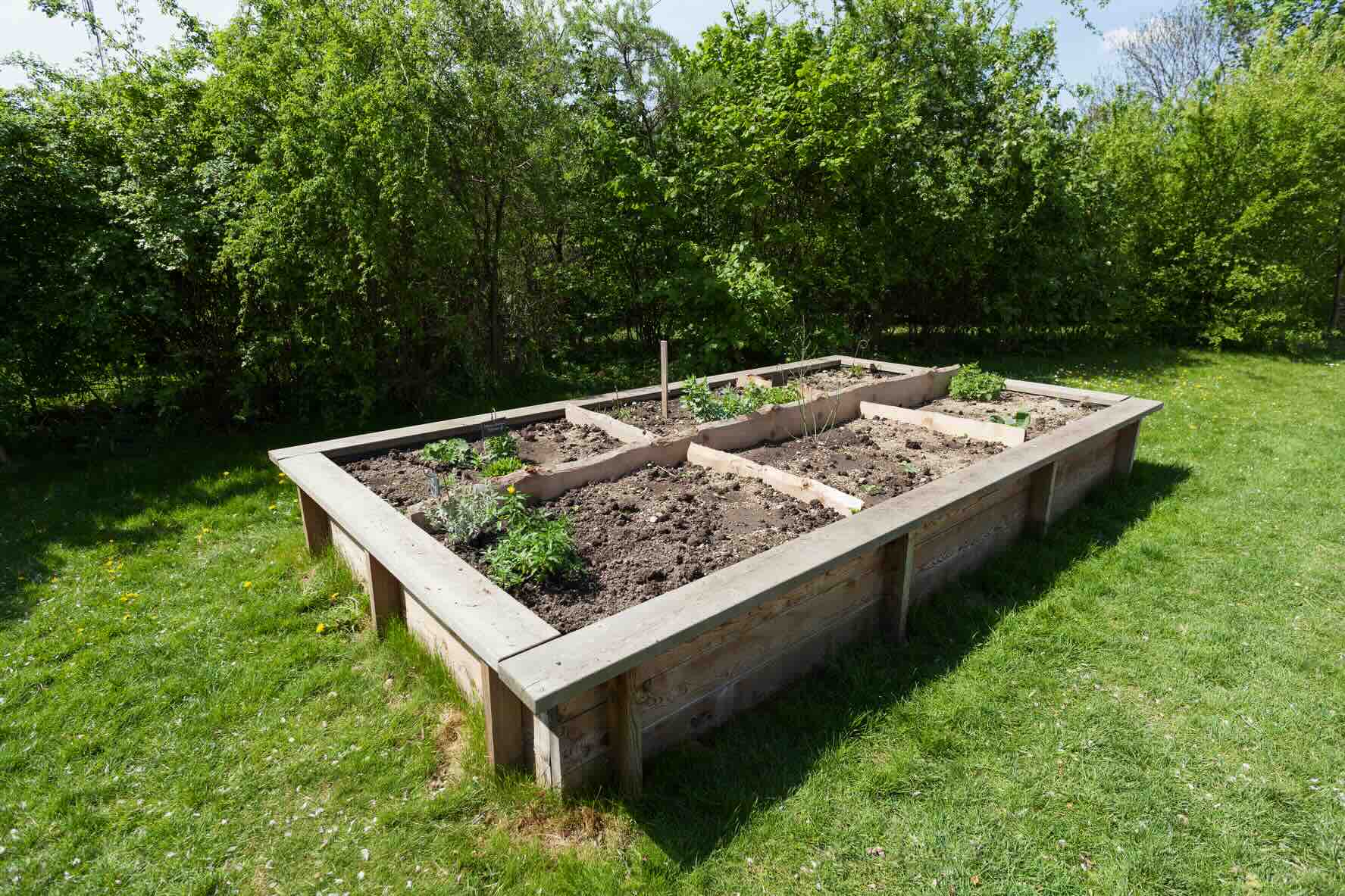
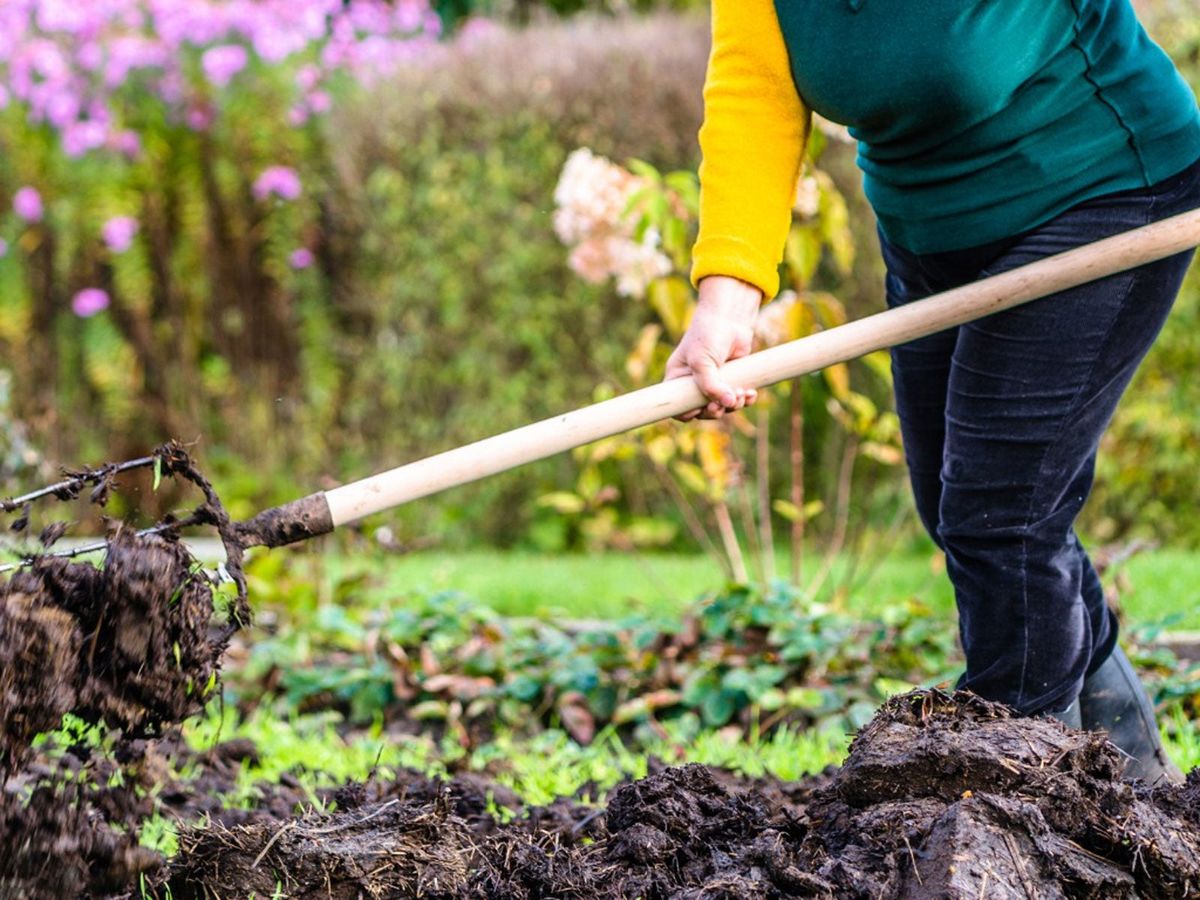
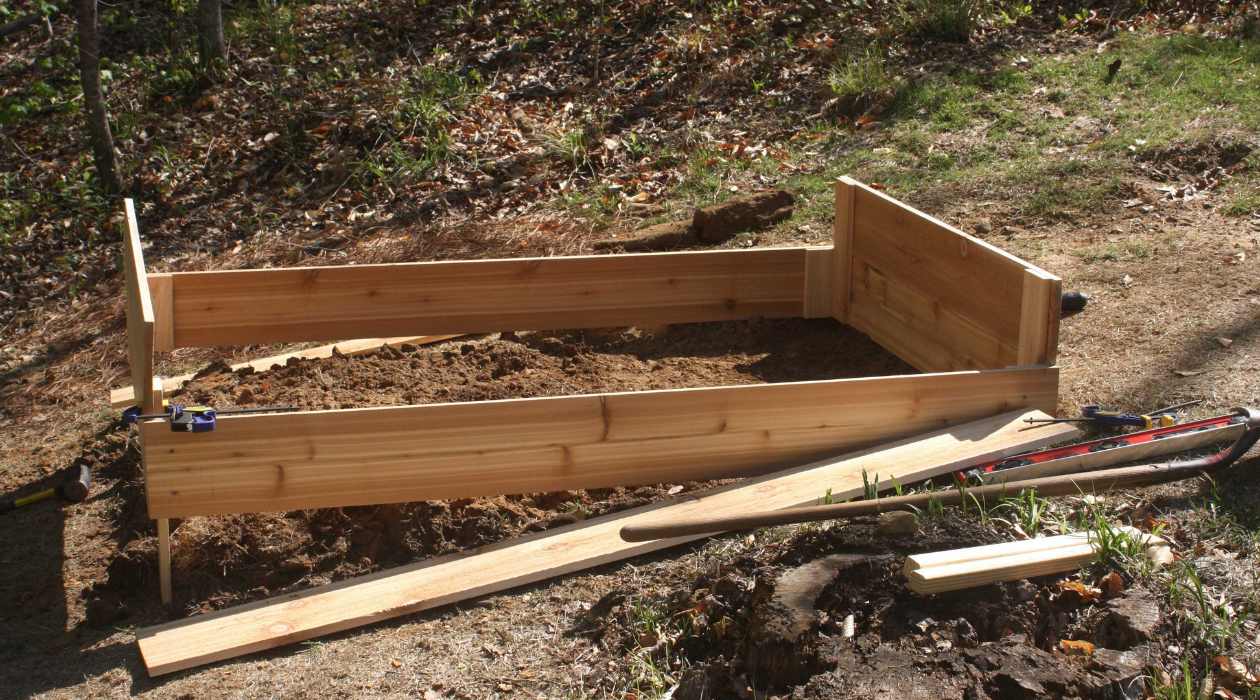
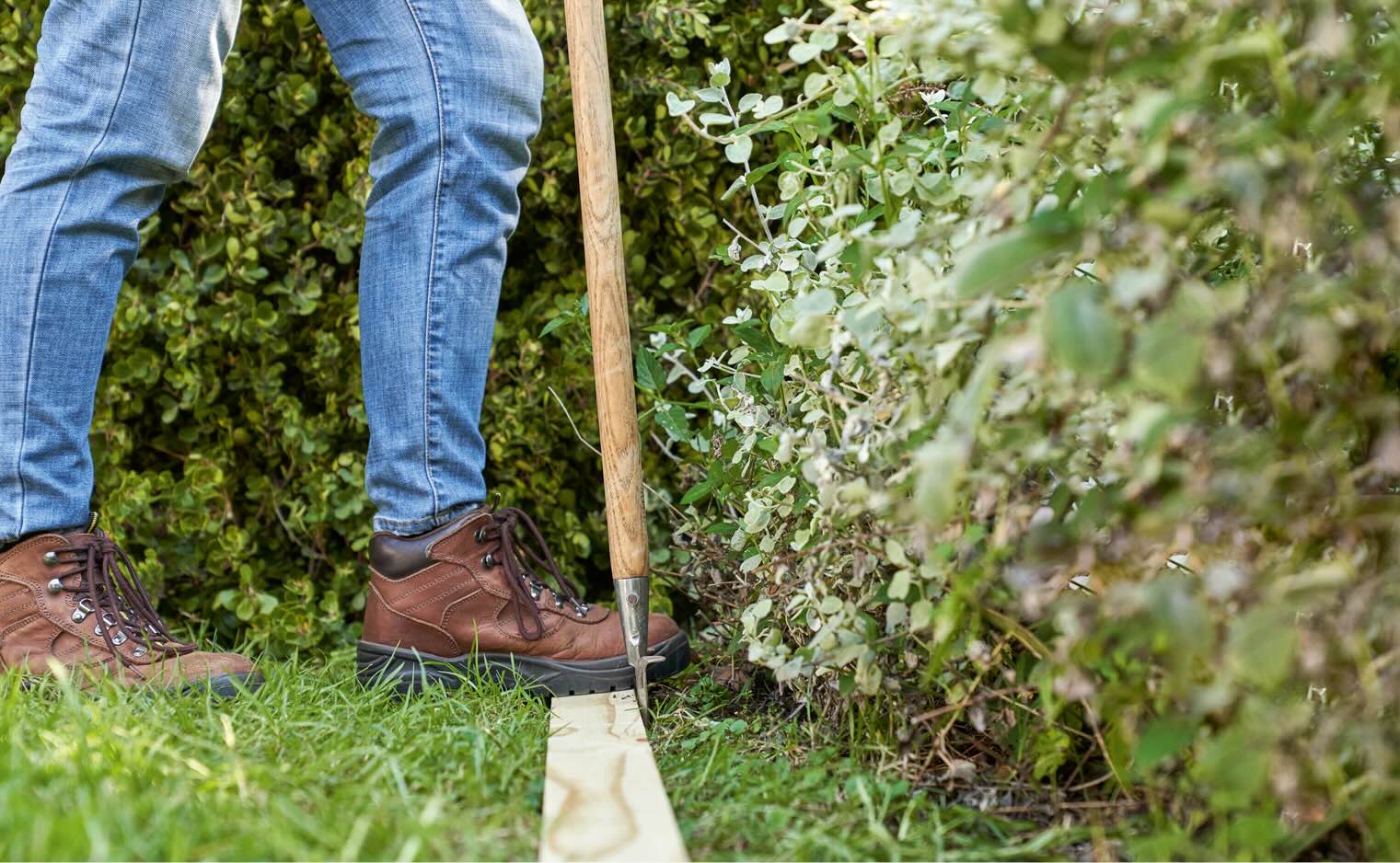
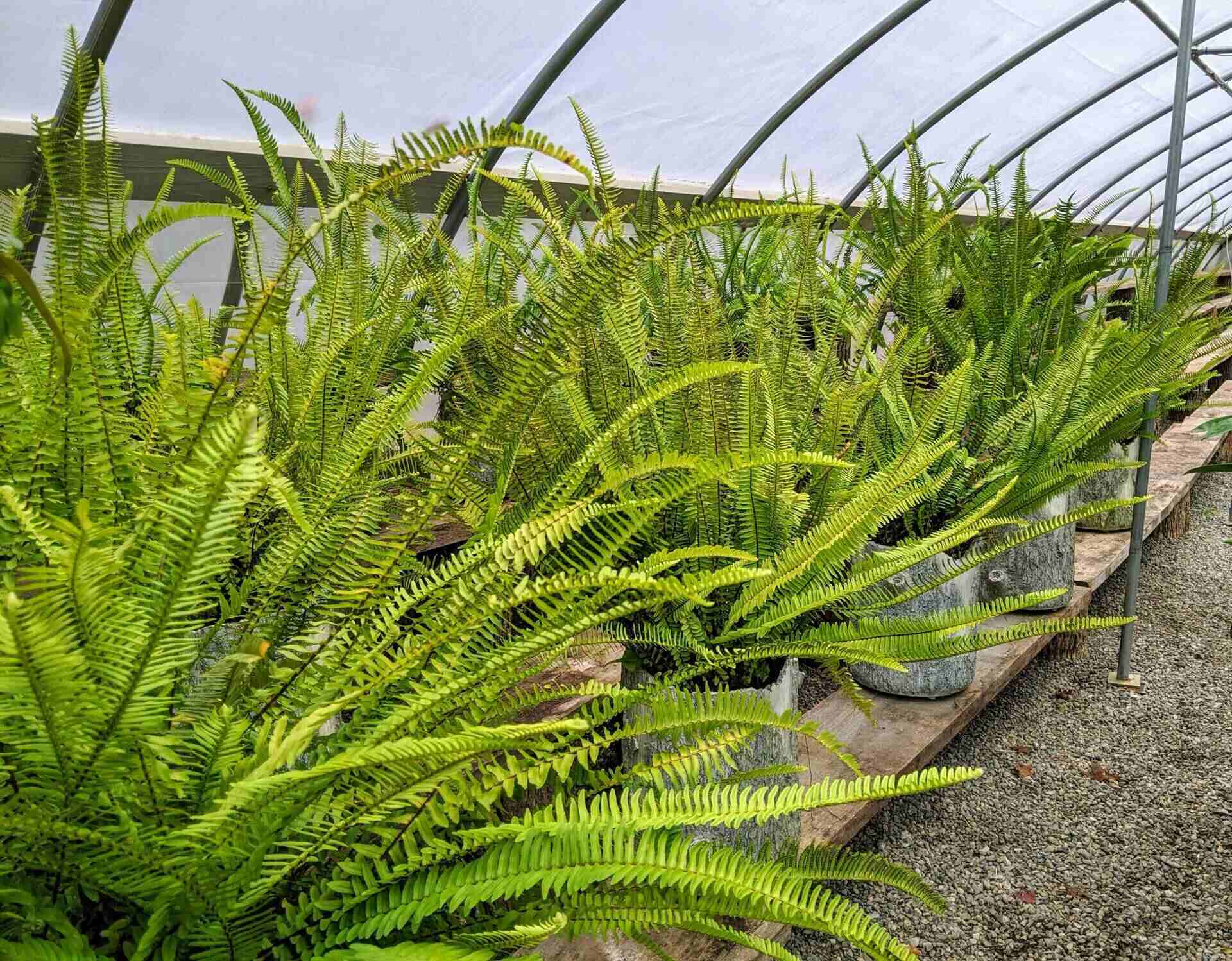
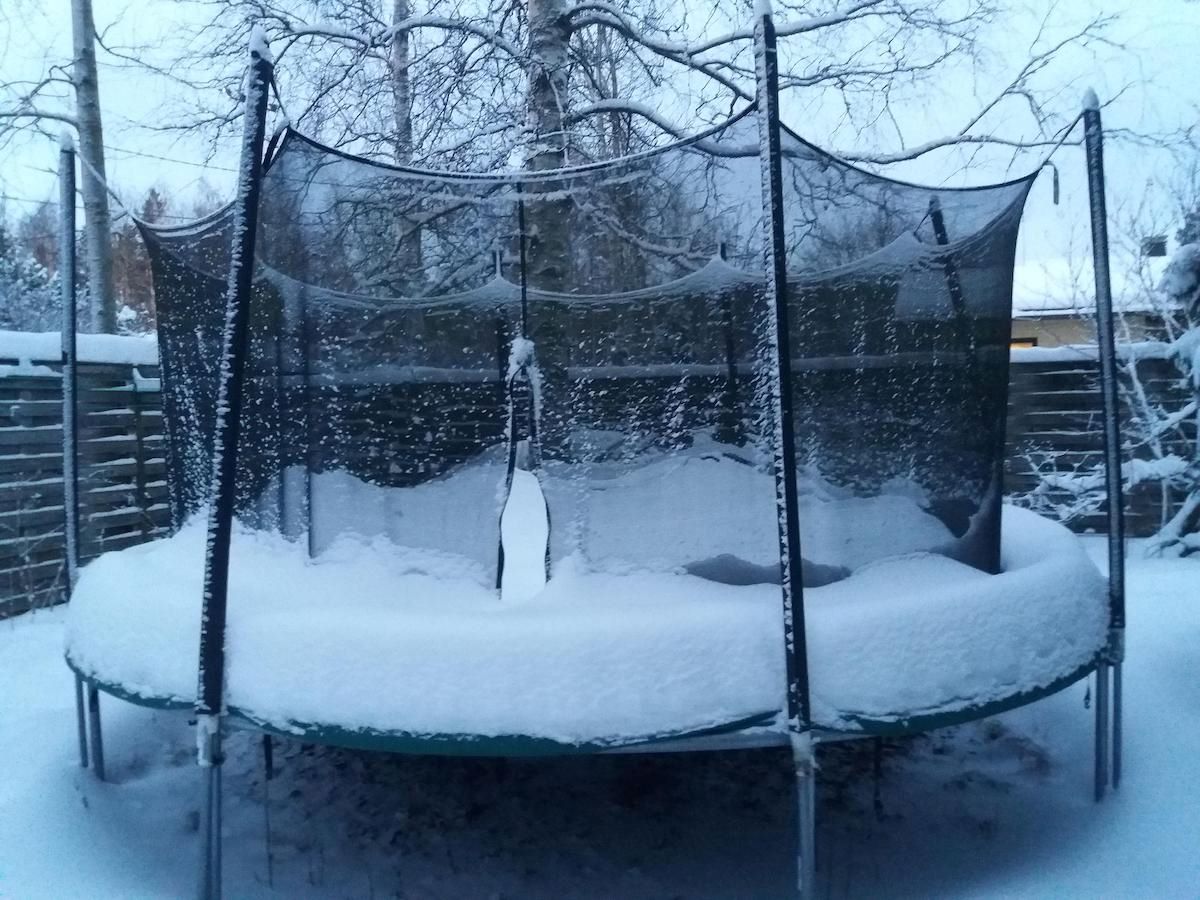

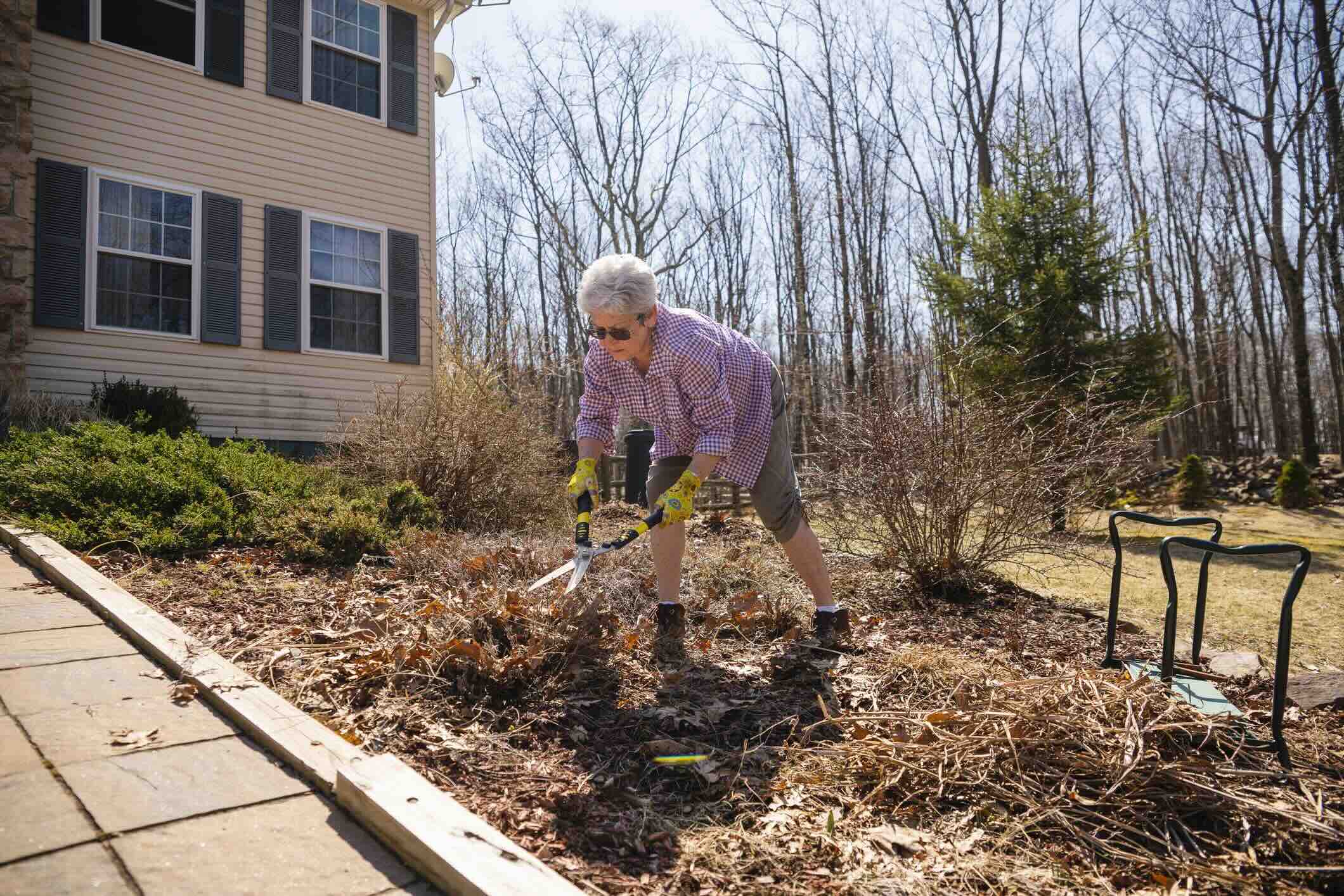

0 thoughts on “How To Winterize A Garden Bed”